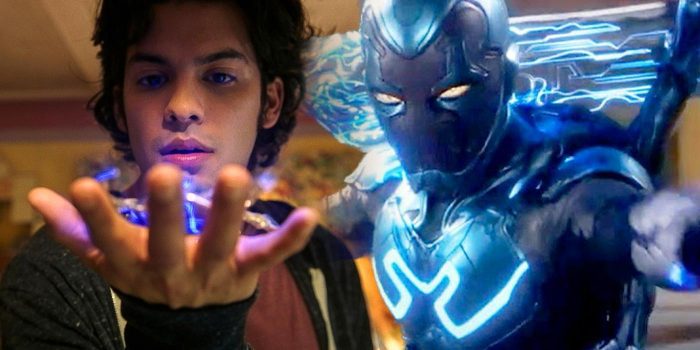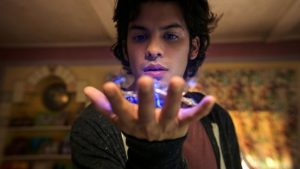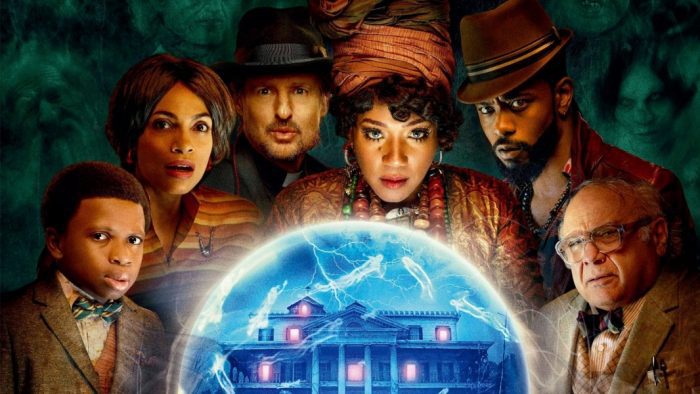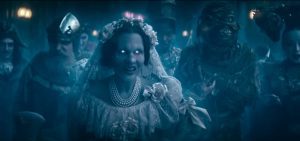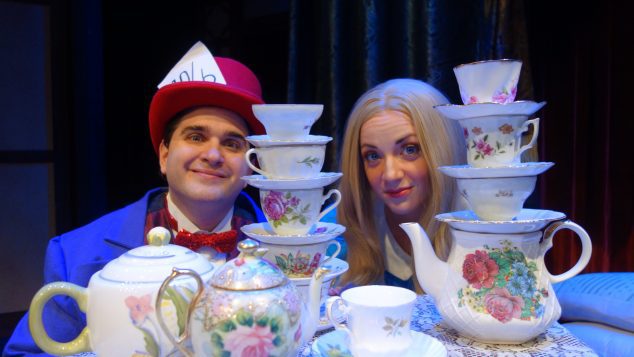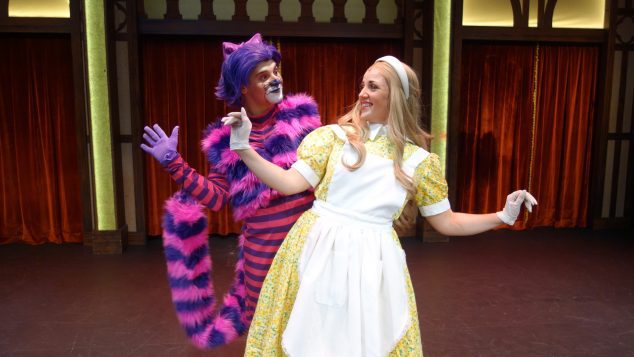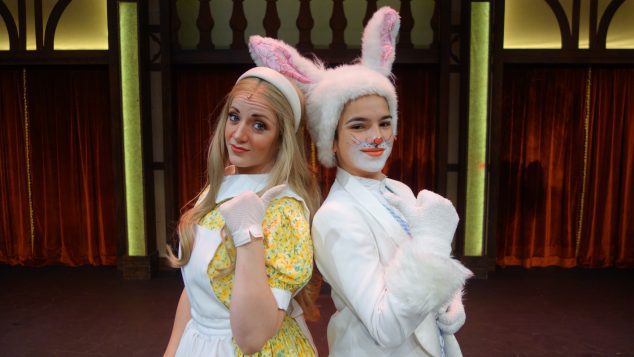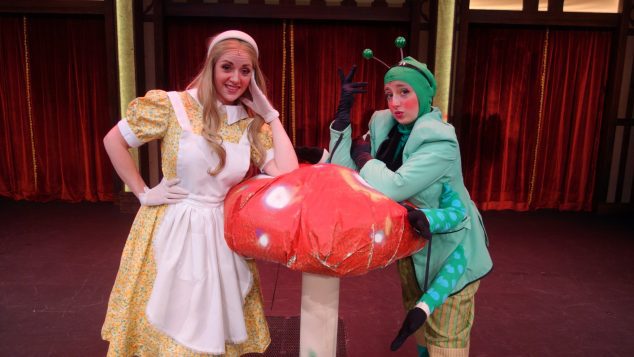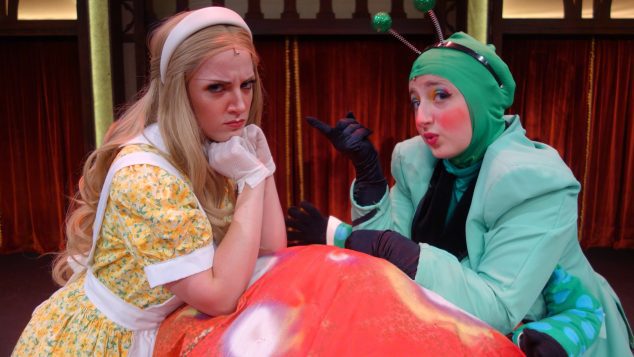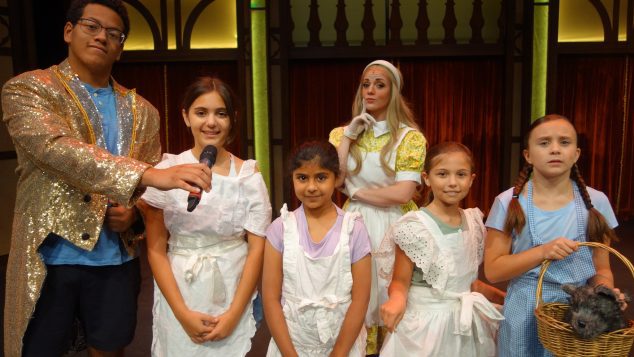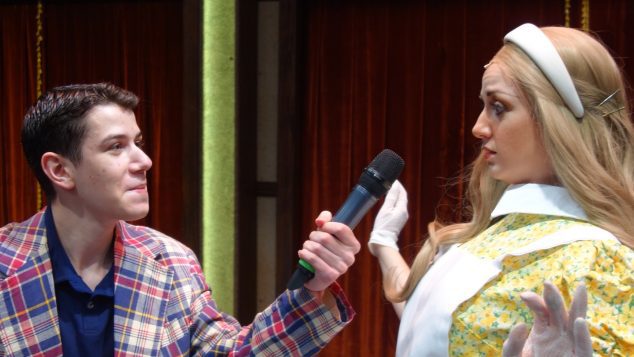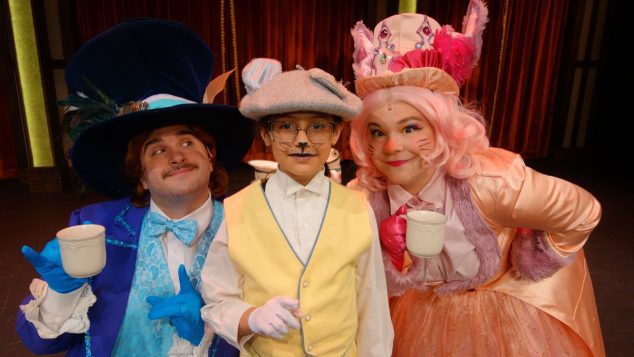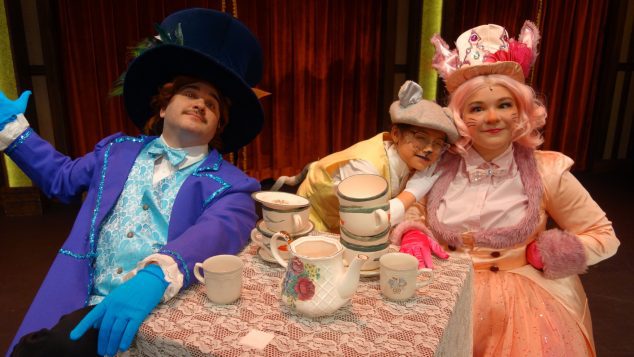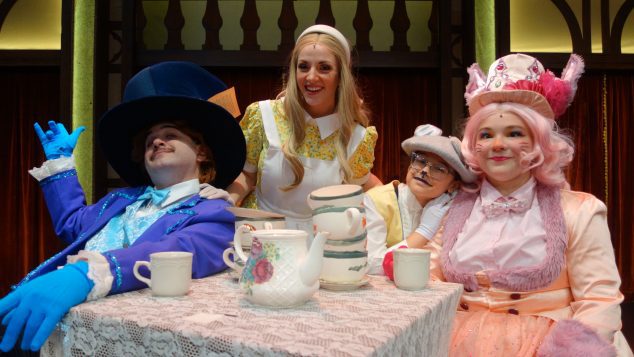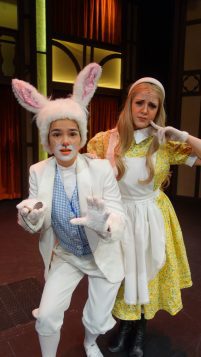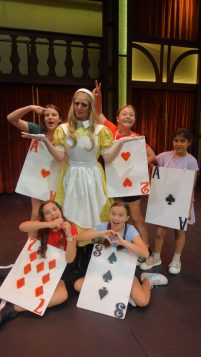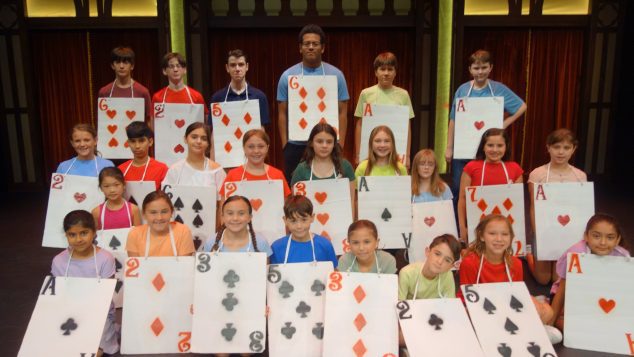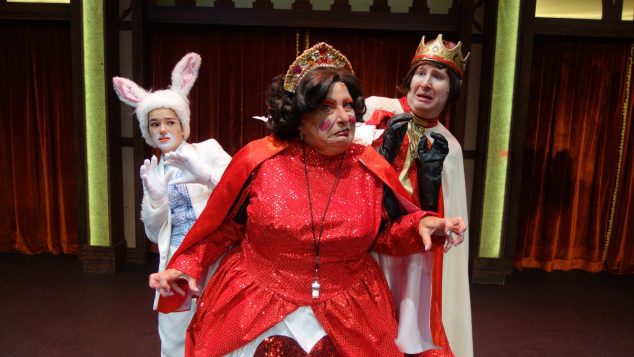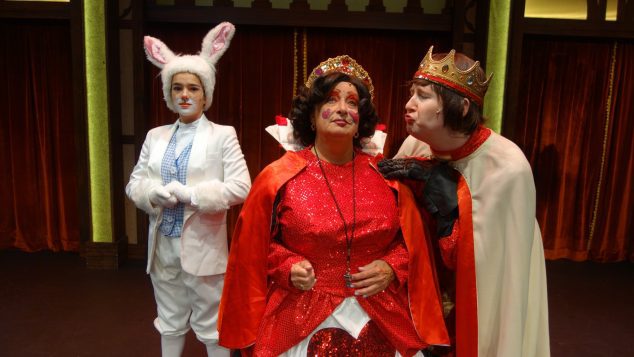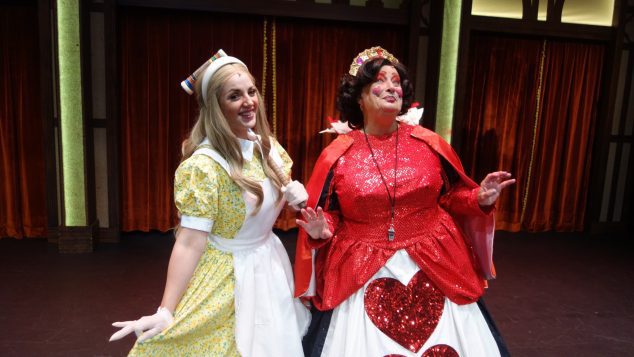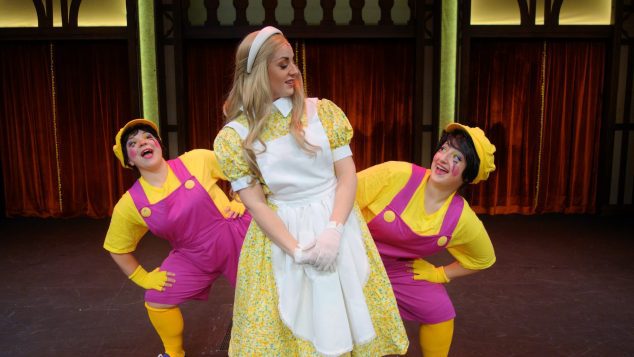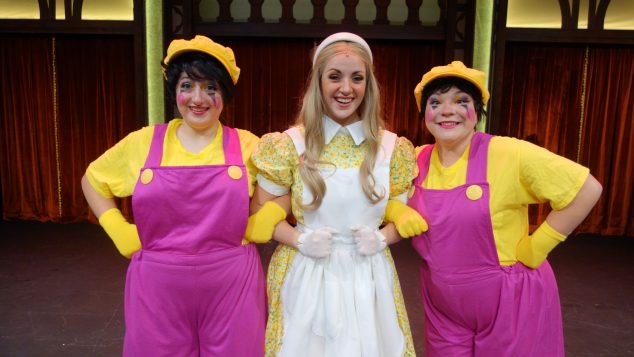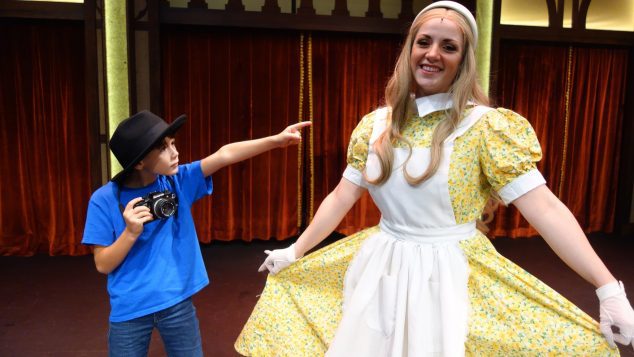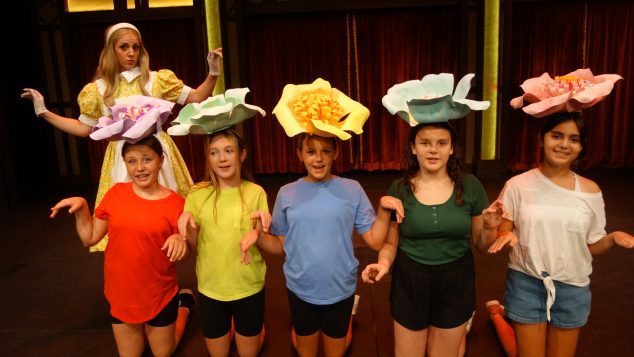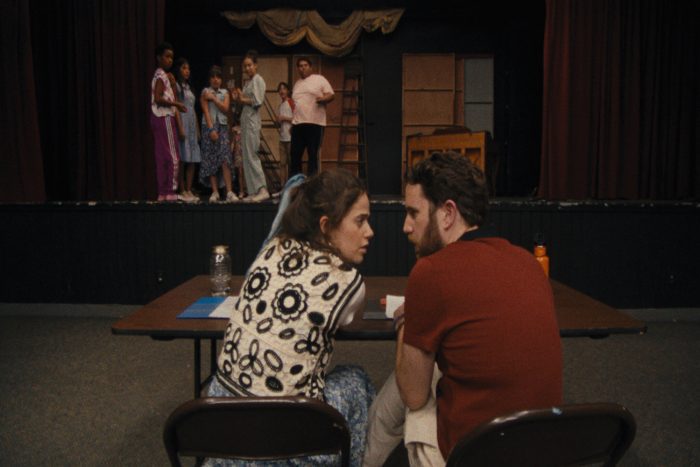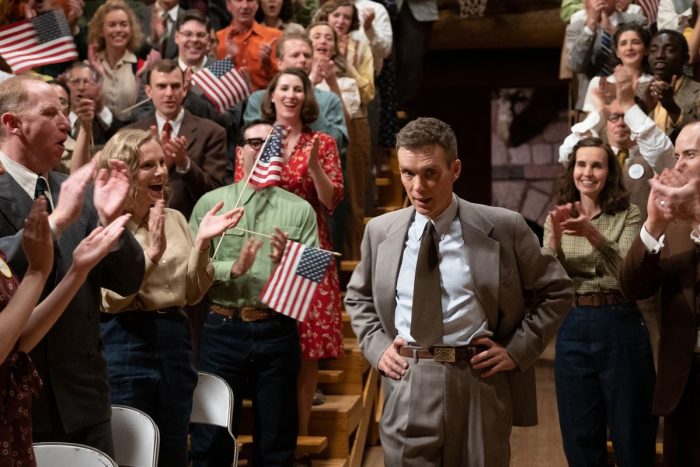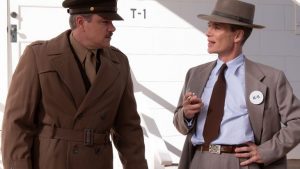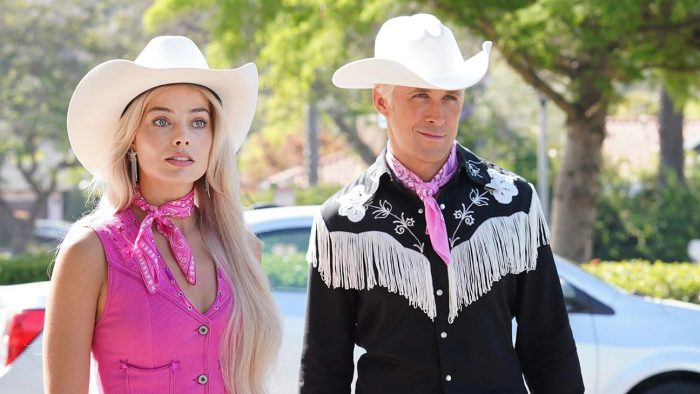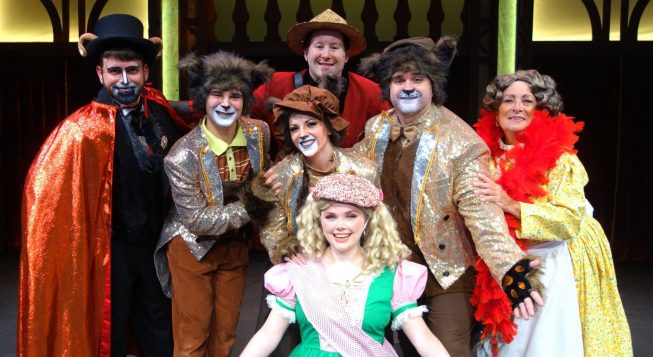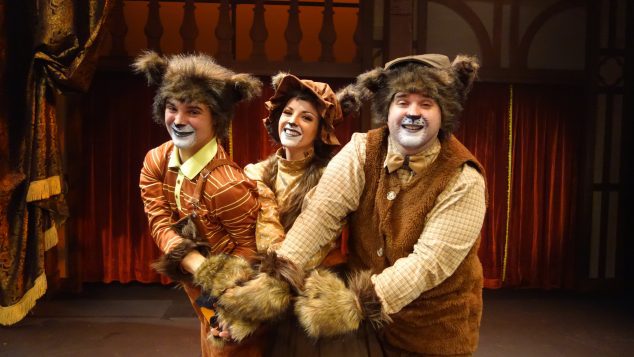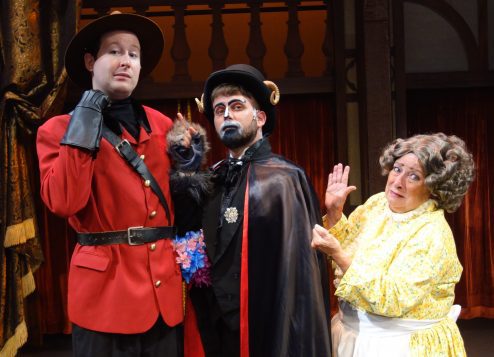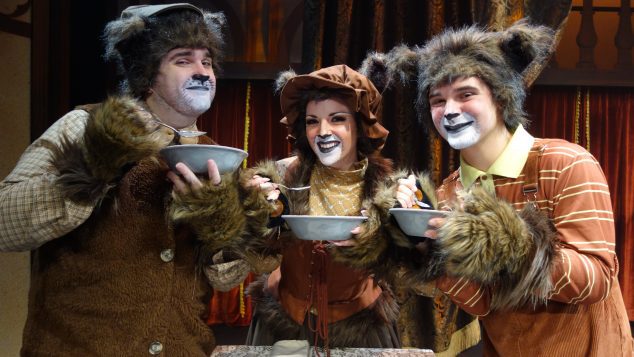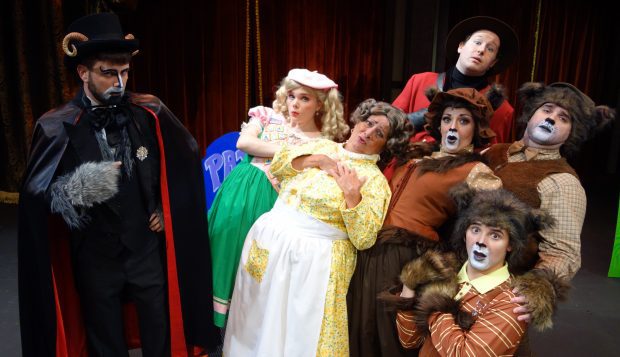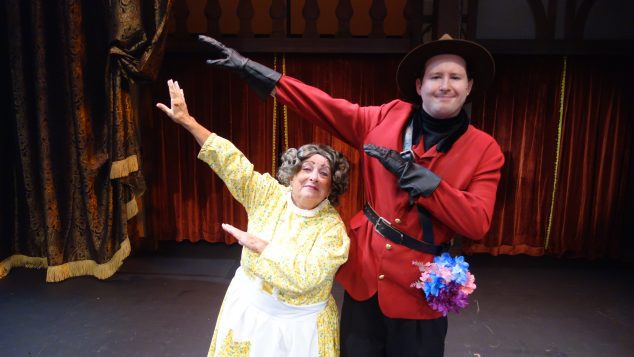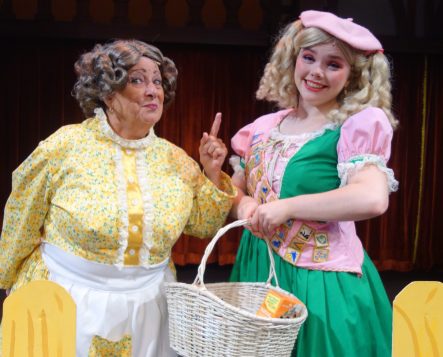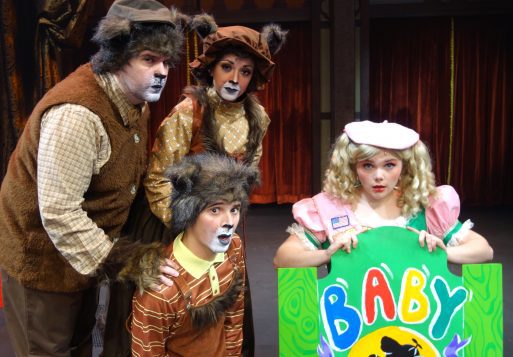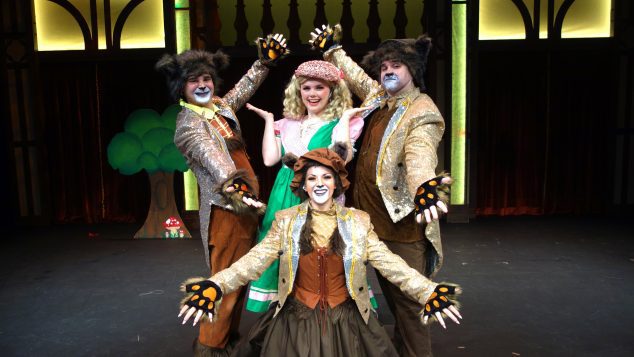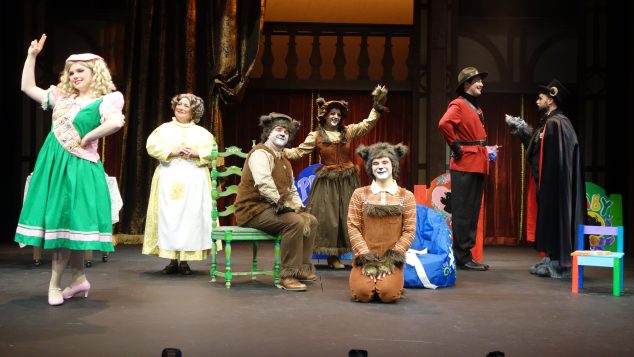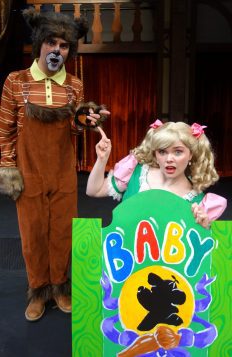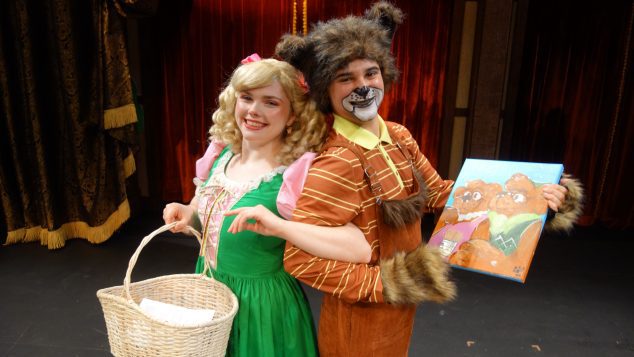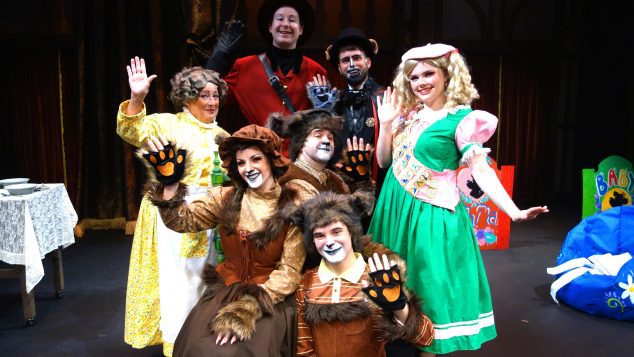By Julianne Mosher
Theatre Three kicks off its 53rd season with the award-winning musical The Prom. Set in current day New York City and Indiana, The Prom brings humor and color to an important issue facing the nation — LGBTQIA rights.
Let me explain. Expertly directed by Jeffrey Sanzel, this high energy show starts off with four narcissistic Broadway stars who receive a terrible review about their latest play and their personalities. In order to gain positive feedback to counteract the reviewer’s comment of them being self-obsessed, they learn a trending news story happening in Indiana: a lesbian high school student was not allowed to bring her girlfriend to their prom which incited a riot of the local townspeople.
The actors, Dee Dee Allen (Linda May), Barry Glickman (Ryan Nolin), Angie Dickinson (Sari Feldman) and Trent Oliver (Brian Gill) – along with the public relations rep, Sheldon (Jason Allyn) hitch a ride west to “selflessly” help the high schooler, Emma (Jae Hughes) gain back her prom.
Set in a small town with big religious and conservative values, Emma is ostracized, bullied and is blamed for the school board cancelling the prom…until the stars show up dripping in glitter and voicing their opinions with their big personalities and sharing with the world how they are helping Emma.
With standout performances by Hughes, they make you feel strong emotion for the drama they are going through in the show. While the play has many highs, a lot of laughs and catchy musical numbers, the show will bring you to tears – especially if you know someone who has gone through a struggle with acceptance.
Interestingly, several details from The Prom were actually based on real-life events. In 2010, Mississippi student Constance McMillen was not admitted into her prom with her girlfriend – and the parents there also tried to separate the straight kids from the LGBTQIA students.
McMillen went to court. Her case was taken by the ACLU and was awarded a payment of $35,000 from the school district that hurt her. They then implemented a non-discrimination policy.
But while Hughes’ emotional journey, and the main purpose of this show, is heavy and starting of a movement, you can appreciate May, Nolin, Feldman, Gill and Allyn’s silly, charismatic personalities to lighten the mood. You’d actually believe they are Broadway stars with their stellar performances. In fact, everyone on the stage from the main characters to the ensemble deserves constant standing ovations for their professionalism and talent. Even the smallest roles were noticed.
Throughout the show, secrets are unveiled, twists are made and conflict ensues, keeping the audience engaged from start to finish. The set design, by Randall Parsons, is completely reminiscent of a high school auditorium – especially when it gets decorated for the big dance. Allyn and Joe Kassner’s costume design are also impressive. The big personalities of the Broadway stars required a lot of glitter and that’s exactly what they had. Plus, Rico’s Clothing, based in Center Moriches, donated the men’s formal wear for the show.
All in all, the show is something you could watch over and over, laughing and crying (in a good way!) every time. Theatre Three’s The Prom is an important play that will make people think the following: We are all human, love is love, and “I wish I had a friend like Barry to help me dress up for my prom!”
Don’t miss this one.
Theatre Three, 412 Main St., Port Jefferson presents The Prom on the Mainstage through Oct. 21. Tickets are $40 adults, $32 seniors, $20 students, and $20 children ages 5 and up. To order, please call 631-928-9100 or visit www.theatrethree.com.

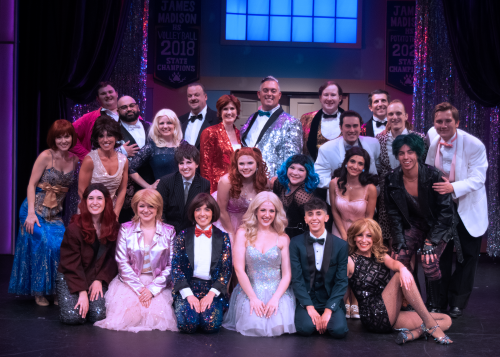
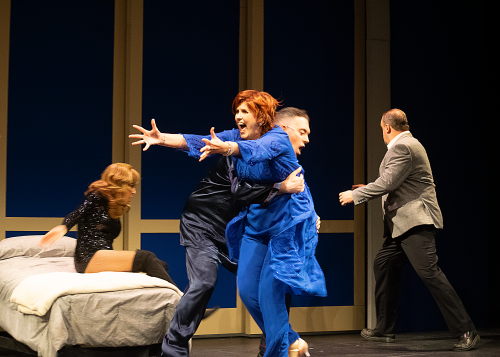
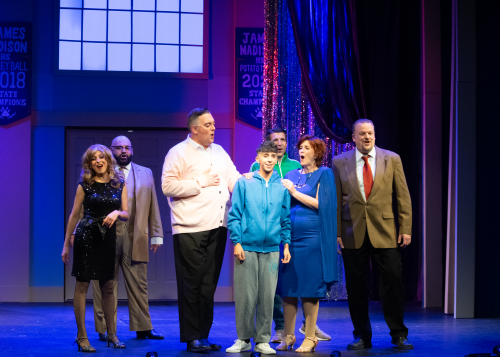
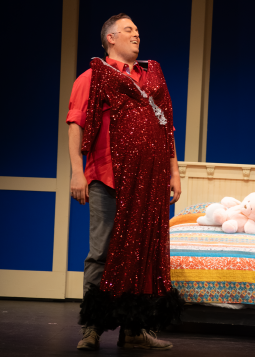
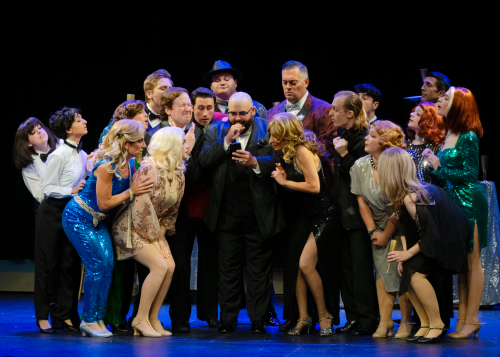
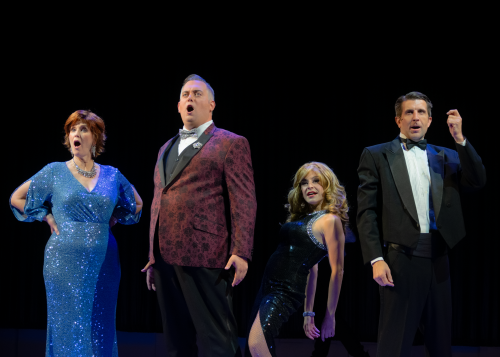
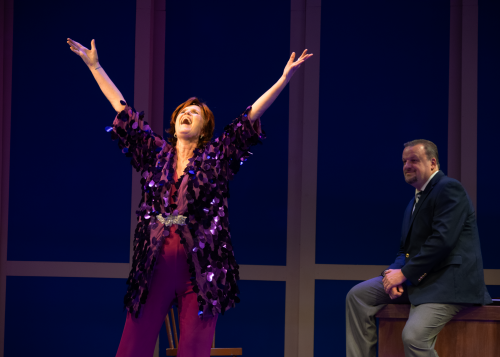
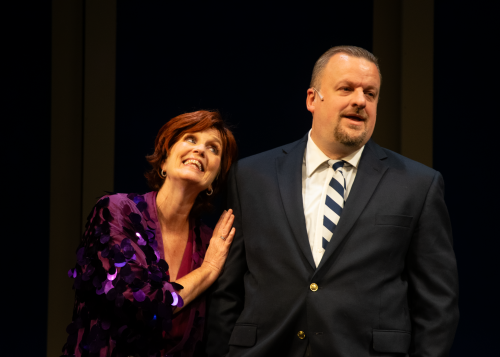
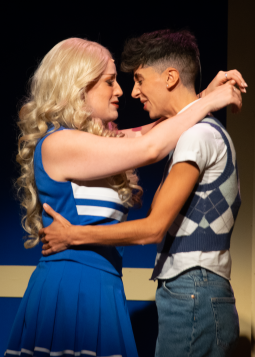
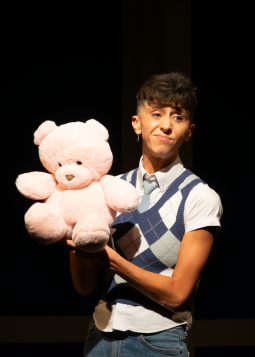
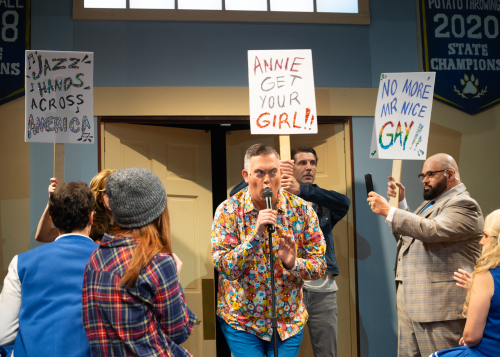
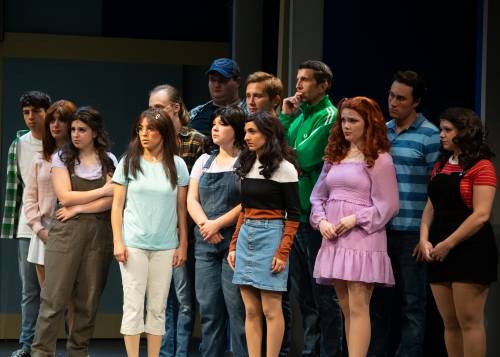
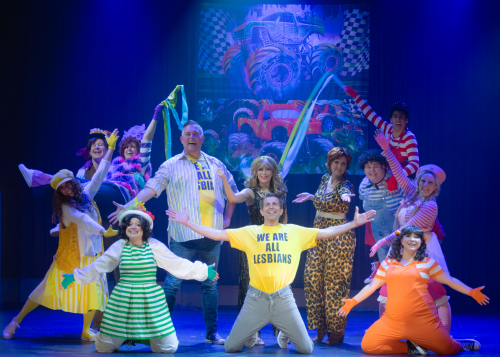
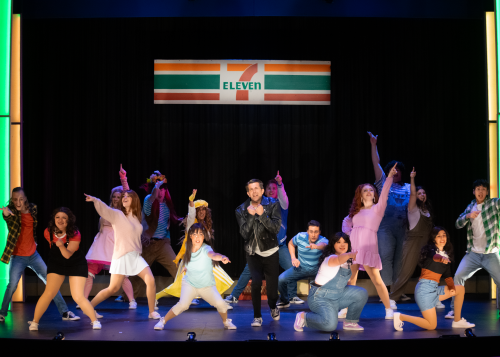
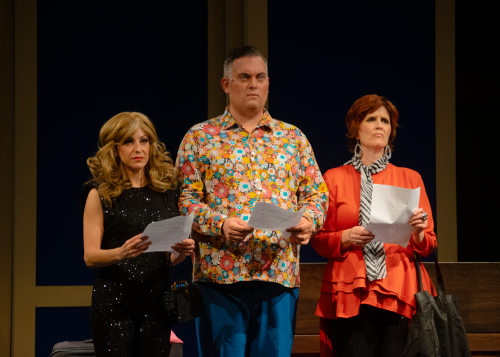

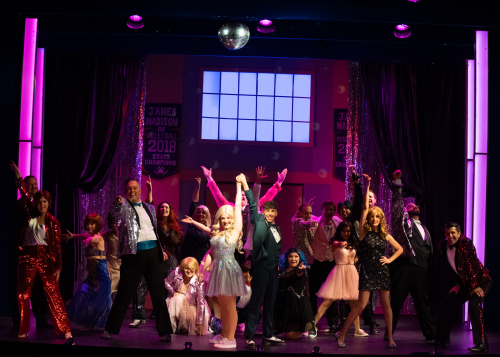
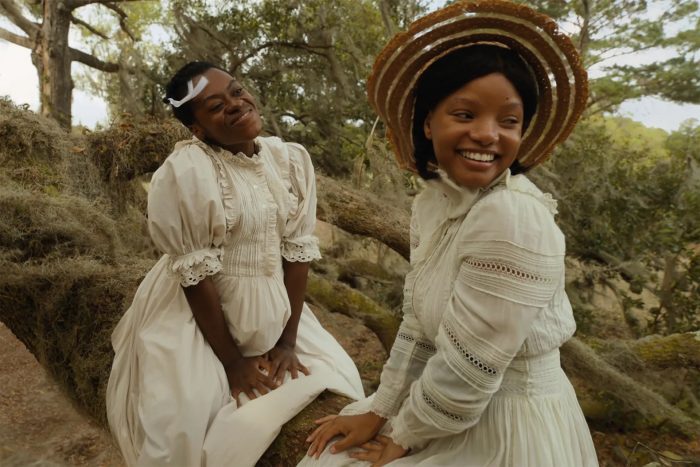
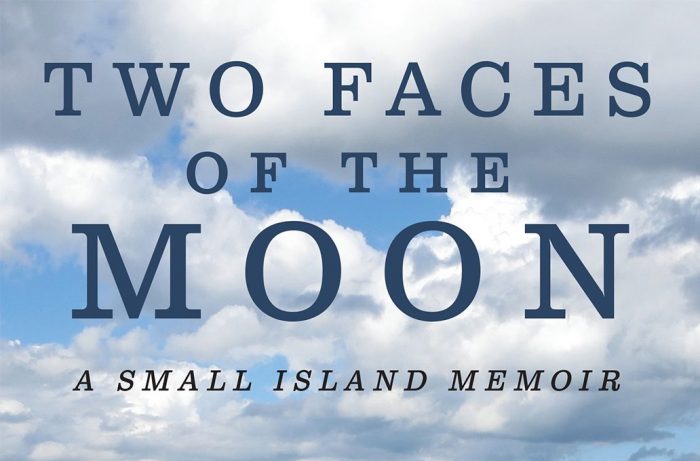

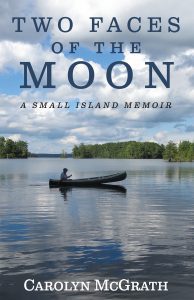 While the book delves into the history of the island, the house, and the lake, Two Faces of the Moon is, first and foremost, a tale of family. McGrath’s vivid, distinctly raw prose recalls the opening line of Tolstoy’s Anna Karenina: “Happy families are all alike; every unhappy family is unhappy in its own way.” She alternates between the 2001 narrative in present tense and musings on her parents’ lives. The intersection creates friction that leads to constant sparks of insight.
While the book delves into the history of the island, the house, and the lake, Two Faces of the Moon is, first and foremost, a tale of family. McGrath’s vivid, distinctly raw prose recalls the opening line of Tolstoy’s Anna Karenina: “Happy families are all alike; every unhappy family is unhappy in its own way.” She alternates between the 2001 narrative in present tense and musings on her parents’ lives. The intersection creates friction that leads to constant sparks of insight.